2026 Physician Fee Schedule, released in July, directs reimbursement toward remote monitoring and value-based care in the home.
Older adults can save tens of thousands of dollars annually by choosing assisted living communities over aging in place in their homes.
Unlike point solutions, Inspiren unifies resident safety, care planning, staffing, and emergency response into a single AI-powered platform.
An artificial intelligence-powered virtual assistant platform for senior living and care providers.

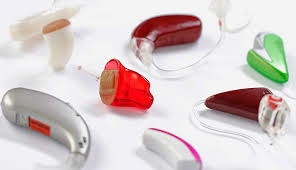 Uncorrected hearing loss isolates and harms older adults.
Uncorrected hearing loss isolates and harms older adults.  Two sets of pitches, ten finalists across the competitions. The first five are finalists in the 2018 Silicon Valley Boomer Venture Summit Business Plan competition. The Business Plan Competition features companies pitching their ideas to a diverse panel of judges for feedback, funding and a $10,000 prize. The second five are finalists in the AARP Innovation Labs Pitch Competition for companies focused on providing peace of mind to family caregivers through the use of VR, AI and other disruptive technologies. The winning team will go on to the AARP Innovation Pitch Event in Washington, DC, in October of 2018.
Two sets of pitches, ten finalists across the competitions. The first five are finalists in the 2018 Silicon Valley Boomer Venture Summit Business Plan competition. The Business Plan Competition features companies pitching their ideas to a diverse panel of judges for feedback, funding and a $10,000 prize. The second five are finalists in the AARP Innovation Labs Pitch Competition for companies focused on providing peace of mind to family caregivers through the use of VR, AI and other disruptive technologies. The winning team will go on to the AARP Innovation Pitch Event in Washington, DC, in October of 2018.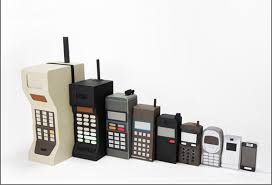 The more things change… Life expectancy is long – tech attention span from investors and innovators can be short. Reviewing the past 10 years of blog posts (
The more things change… Life expectancy is long – tech attention span from investors and innovators can be short. Reviewing the past 10 years of blog posts (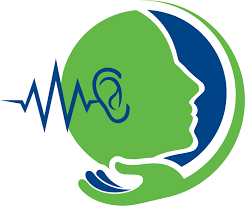 The hearing aid industry offers pricey hearing aids for people with ‘defined’ hearing loss. The FDA wants you to understand that
The hearing aid industry offers pricey hearing aids for people with ‘defined’ hearing loss. The FDA wants you to understand that  It’s Not About Your Grandmother – 10 Steps Before Launching!
It’s Not About Your Grandmother – 10 Steps Before Launching!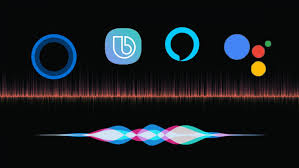 Senior Living organizations are eager to try new technology. Over the years, consider the pilots of
Senior Living organizations are eager to try new technology. Over the years, consider the pilots of 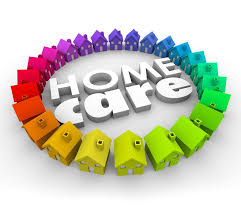 The boom in home care has side effects -- turnover and risk. We want to trust home care workers with aging parents. After all, most cannot afford private pay assisted living – which can exceed
The boom in home care has side effects -- turnover and risk. We want to trust home care workers with aging parents. After all, most cannot afford private pay assisted living – which can exceed